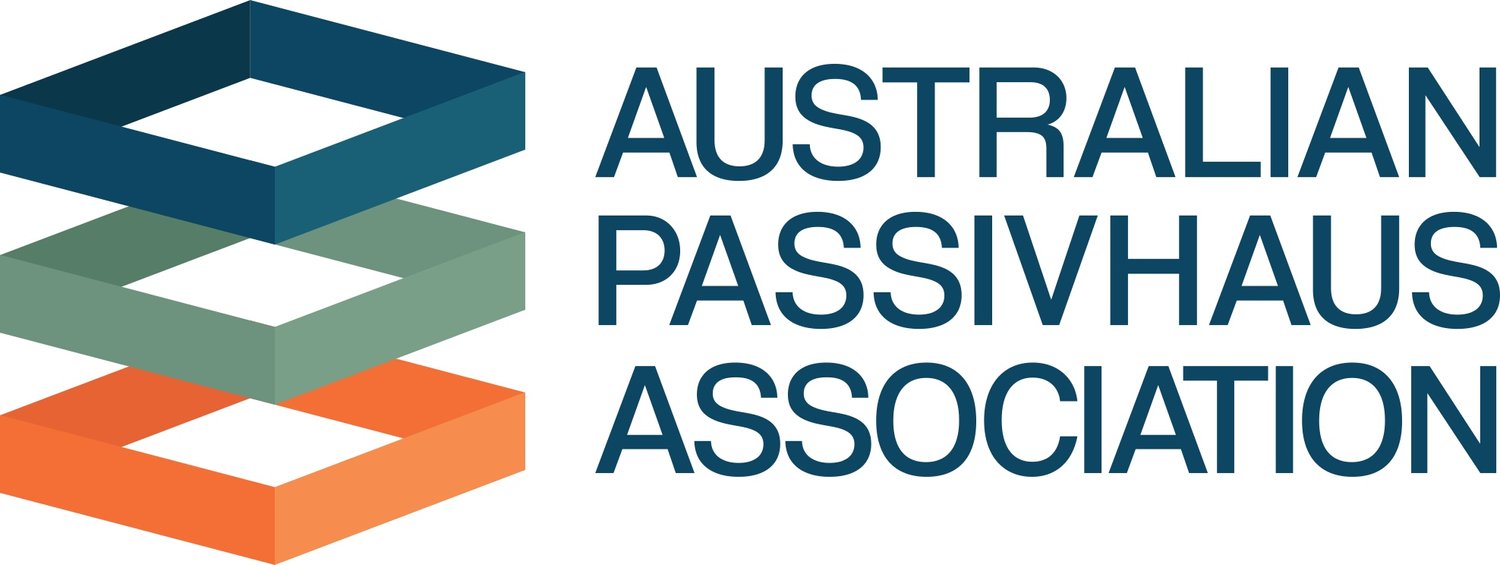Passive House Profile: Fiddleback House
Passive House Profile: Fiddleback House
Fiddleback House provides a young family with contemporary living in a carbon positive certified Passive House, that respects the pristine alpine environment of its surrounds.
Through intelligent design and collaborative decision making, Fiddleback House is a striking example of an affordable home that meets world-leading standards in sustainability and comfort.
This home was created to provide a low-energy, affordable, responsible family home that is durable, adaptable and able to respond to future climate conditions.
The selection of function over form was chosen, with the employment of a fabric-first building approach using high performing building materials to reduce energy use and ongoing maintenance costs.
This project demonstrates innovation and excellence in terms of environmental sustainability with the following features:
• Certified Passive House, all electric, renewable energy-powered, carbon positive home in a challenging climate zone.
• 0.4 ACH at 50 Pa means no uncontrolled air leakage from thermal envelope ensuring health and longevity of building.
• Low-energy mechanical heat recovery ventilation to filter air and maintain indoor air temperature, quality and humidity control.
• Premium energy-efficient appliances including LED lighting throughout.
• Exterior local timbers protected and preserved using Japanese technique of painting with non-toxic fermented persimmon juice (kakishibu), mixed with soot or pigment, to create a natural barrier to weather, pests and mildew.
• Bushfire resistant building design including BAL29 radially-sawn silvertop ash cladding, aluminium-clad triple-glazed windows, green roof and air-tight building envelope to protect against future weather events.
• Rooftop garden to reduce solar heat gain and capture storm water.
• Underground water tank for garden and rooftop sprinkler system for bushfire protection.
• Triple-glazed high-performance windows to reduce heat transfer and provide flexible, secure, natural ventilation through tilt-turn function.
• Edible garden and composting for soil regeneration, considered planting to encourage and protect local fauna.
• Locally sourced slate, stone, concrete and timber, including ceiling and joinery feature timbers from Mount Beauty Timber Mill, macrocarpa retaining walls and end-grain paving sustainably sourced from farm windbreaks.
Fiddleback House delivers significant financial sustainability for the life of the house through minimal running costs and a continuous carbon-positive house with 5kw solar system. There was a specific focus on sourcing local, sustainable and high-performance building materials, including PIR SIPS for building efficiency.
Building physics analysis and certification was implemented to qualify as North-East Victoria’s first certified Passive House, ensured a high-quality build and predicted building performance is verified as a precise representation of the finished home.
The pursuit of Passive House certification in a challenging alpine environment is supported by passive solar building and landscaping design principles. Healthy indoor environment including excellent ventilation is supported by mechanical heat recovery ventilator (HRV), high-quality building envelope to minimise risk of moisture, mould,
and dust, and careful selection of interior finishes using natural, durable materials, and zero VOC paints, fixtures and furnishings for excellent indoor air-quality.
Comfort has been guaranteed by maintaining indoor air temperatures around 20°C year-round with no mechanical heating or cooling. Materiality that reflects the home’s context, good solar aspect for natural lighting and heating, and strong flow between indoor and outdoor spaces has been maintained.
This stunning home in Mount Beauty, Victoria was shortlisted for Houses Sustainable House of the Year.
Click here for a full year analysis of the first year of thermal and energy performance of Fiddleback House. With no heating or cooling, the thermal performance is exceptional, especially for the extreme temperature fluctuations in our sub-alpine climate. This summary was taken from just over half a million data points collected.
Photography: Charlie Brown
Architecture: STUDIOFiSH | Design Bright
Building services: Fantech
Building physics: Detail Green
Certifier: Grün Consulting
Craftsperson / parties involved: JH Building & Design
For more technical details please see the Passive House Buildings database here.





